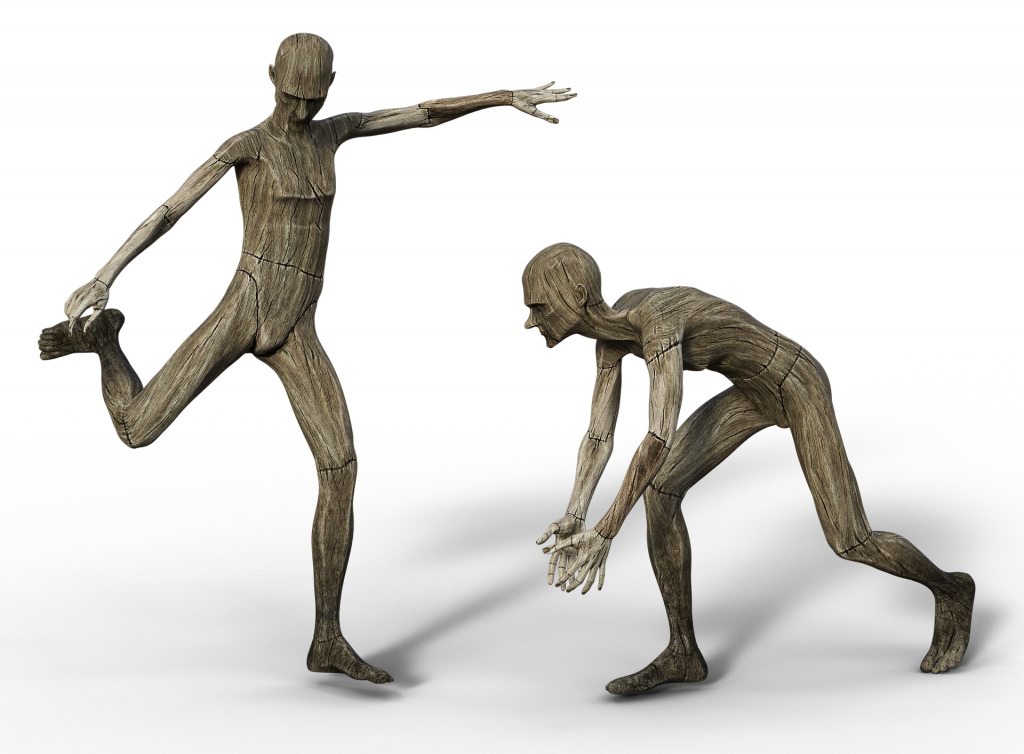
The case study “Pantomime” shows what communication of this kind might look like and the effects it can have. Interventions of this kind can also be used to utilise the behaviour of a person suffering from mutism for the purpose of establishing
“Hello. My name is….” he began. “She can’t talk,” the nurse told him. “She’s had a stroke…” The young patient’s helpless gestures told him that she could not even understand what he was saying, with the exception of a few words to which she replied with a nod or a shake of the head. How can one communicate in such a situation? He used gestures to outline a steep staircase with high steps in the air in front of him. He sighed; too steep, too high! He shook his head in disappointment. Then he gestured with his hands to indicate a staircase with shallow steps, and he walked up the entire staircase with his fingers. The woman watched attentively and nodded. He used hand gestures to outline a high mountain in the air. A climber (represented by two fingers) wanted to reach the top, but kept falling back down. Then he found a less steep route which zigzagged upwards with many twists and turns, and he followed this path to the top. The woman’s eyes began to light up, and the pantomime continued. “Never losing sight of your goal” and “strength” were the next ideas to be expressed. The movements of a long-distance runner and a raised fist encouraged her to persevere and develop a fighting spirit. A clock with a ticking hand told her that it would take time. He continued the game of charades by placing his hands to the side of his head and pretending to fall asleep and wake up, fall asleep and wake up, over and over again until she had reached her goal, which he demonstrated by shading his eyes with his hand, peering out and pointing into the distance. He used his hands, his feet and his whole body to demonstrate how her children would support her on the left and her parents on the right, and how they would all complete the long journey together. He stretched his fist up to the sky once again; she would have to put all her strength into the fight. Three days later he came back to visit the patient again, and the patient in the neighbouring bed spoke in her place. “She’s been here for four weeks now, and before you came she wasn’t improving at all. But over the past three days she’s made enormous progress.” He spoke to the patient, and this time she understood every word. Then he said goodbye. “Goodbye,” she said. That was the first word she learned to say again.
